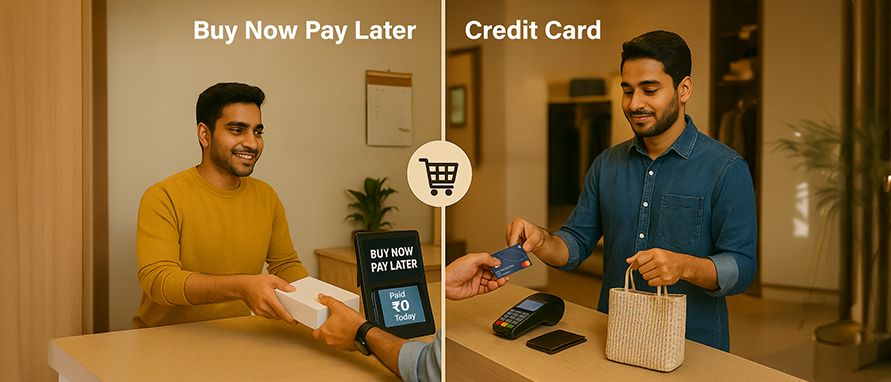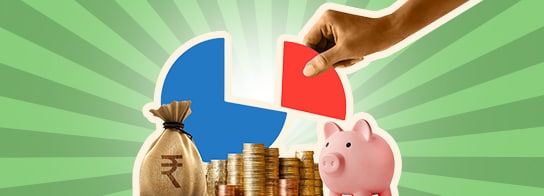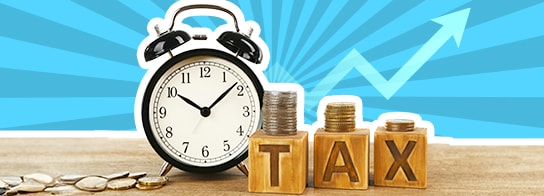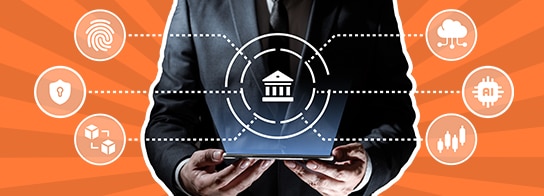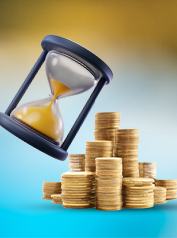Managing monthly expenses can feel easier when your payments are spread out, giving you breathing space between income and outgoings. Here are the key benefits of using Buy Now, Pay Later for regular spending:
Better Cash Flow Management
BNPL allows you to divide your spending into smaller instalments across a fixed period. This helps manage your cash flow without exhausting your monthly budget.
No Immediate Full Payment Required
With BNPL, you do not need to pay the full amount upfront at the time of purchase. This can ease pressure on your monthly finances, especially for essential expenses.
Simple Approval Process
Most BNPL services only require basic KYC details for approval. You can access the facility without a long application process or credit score checks.
Interest-free Periods
Many BNPL providers offer interest-free repayment windows if payments are made on time. This helps you avoid extra costs while managing expenses conveniently.
Ease of Tracking Payments
BNPL platforms provide clear schedules and reminders for repayments. This makes it easier to track your instalments and avoid missed payments.







